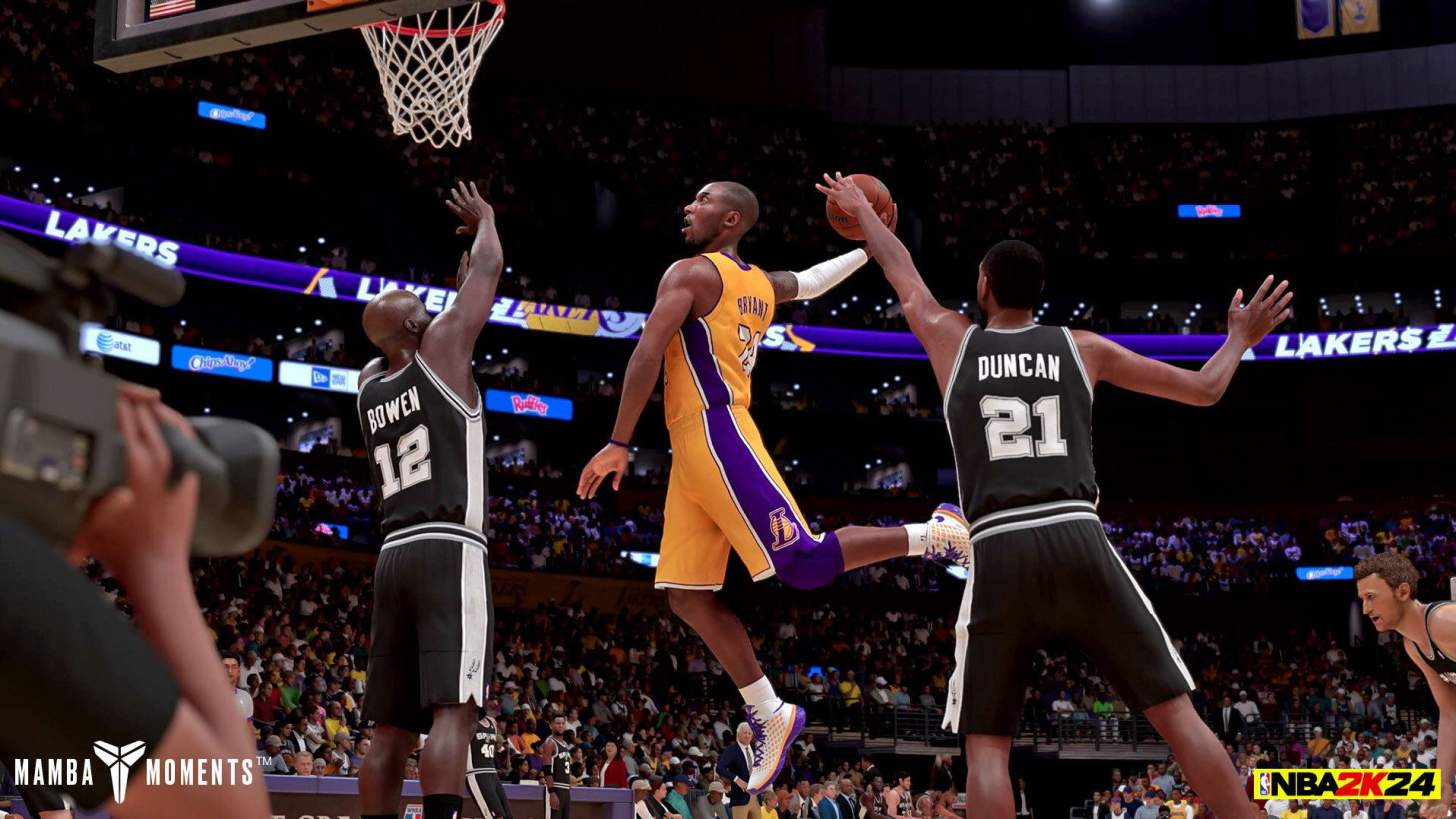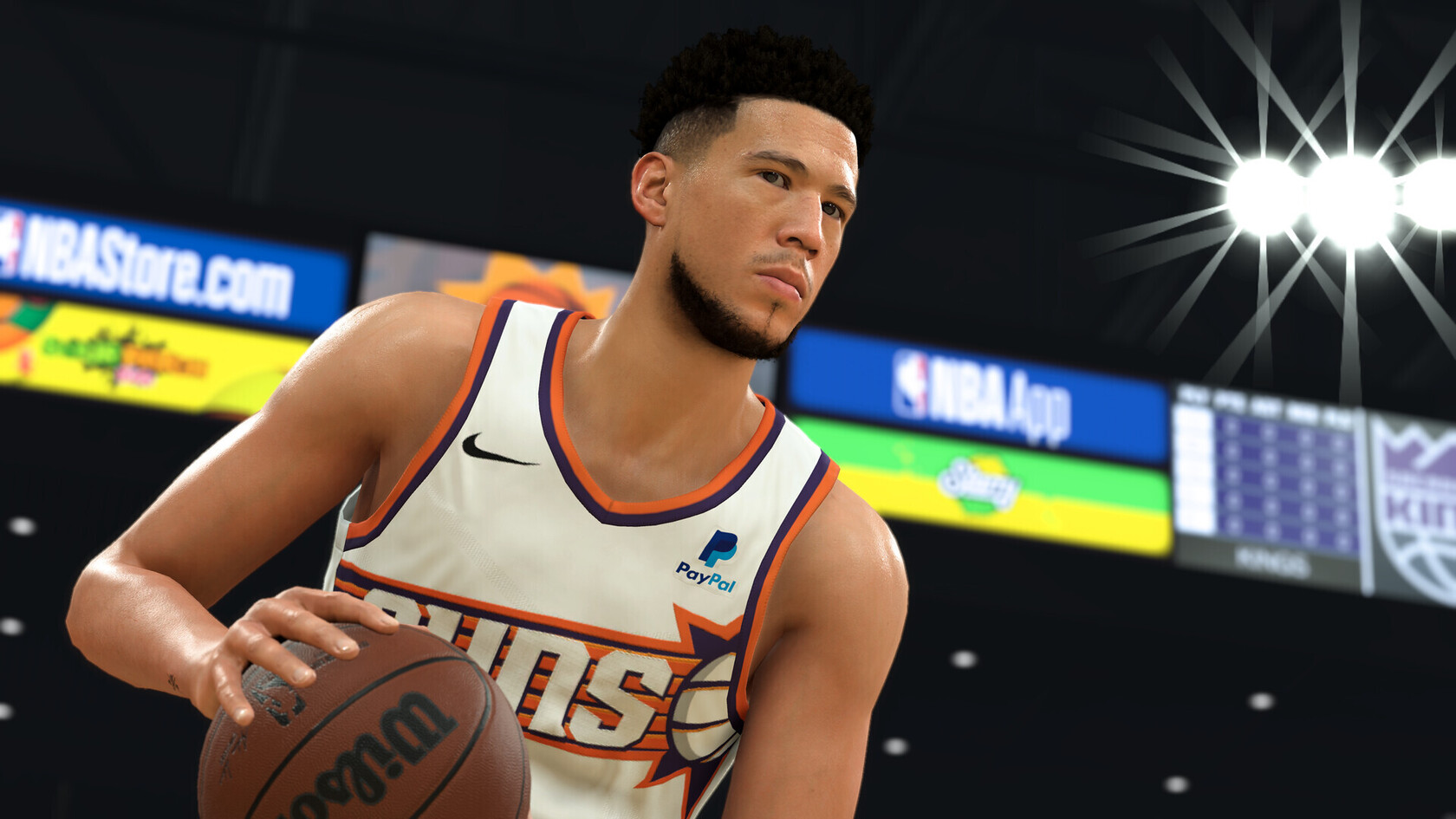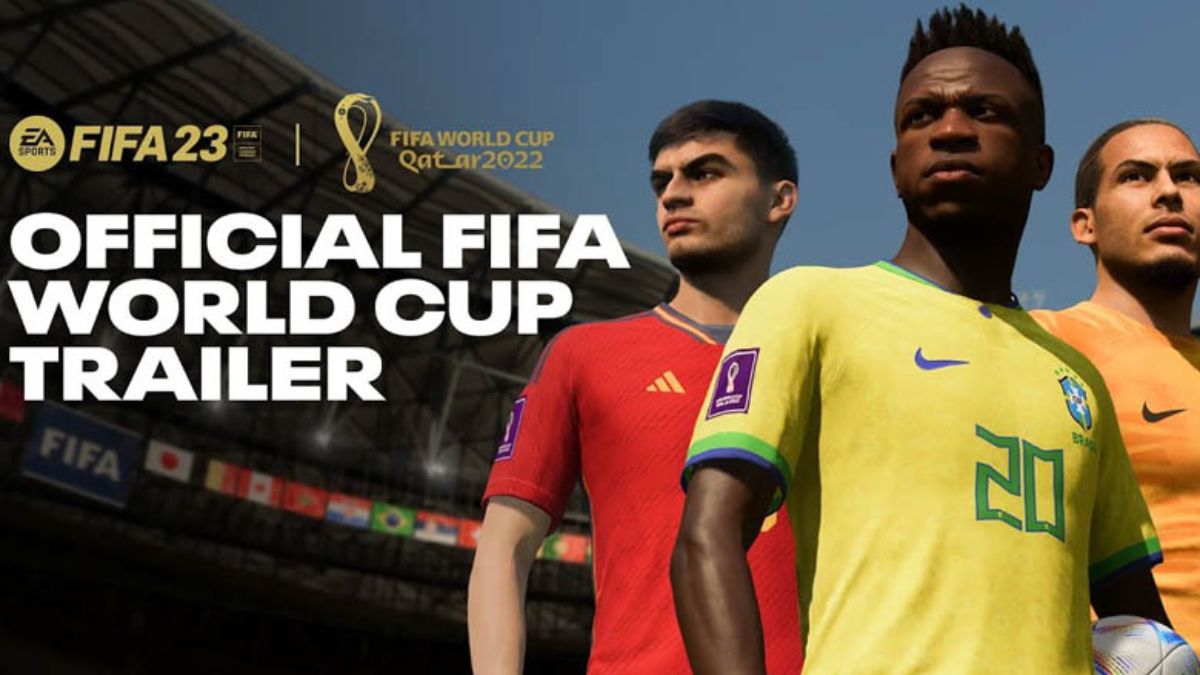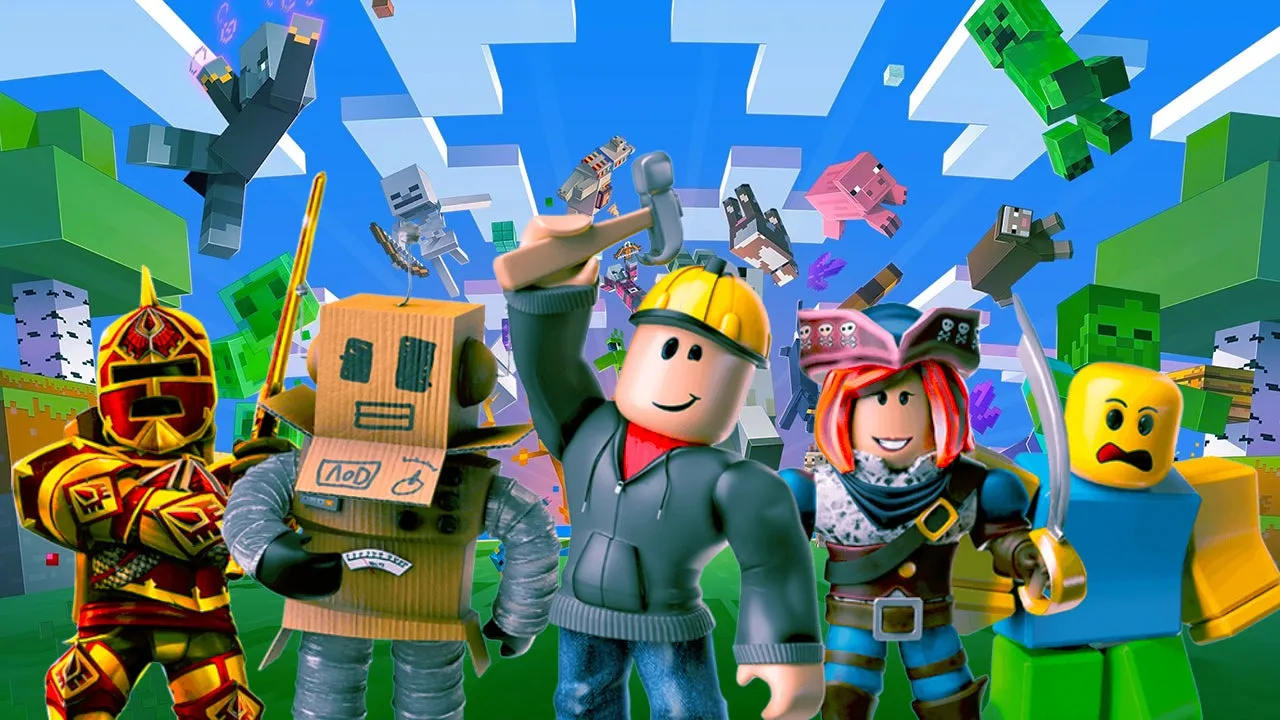Popular Now
Introduction
NBA 2K24 brought new gameplay mechanics, graphical polish, and updates to MyCAREER, but one of its most controversial changes lies deep within its badge progression system. In theory, badges are meant to reflect your play style and reward you for consistent performance in particular areas. However, in practice, the system has become a convoluted, inconsistent, and often demoralizing grind.
What was once a straightforward path toward personalizing your build has turned into a cycle of badge decay, random activation requirements, and performance pressure. Players now find themselves chasing invisible benchmarks, only to watch their progress regress after a few bad games or even due to system bugs.
This article will explore how the badge system in NBA 2K24 has evolved (or devolved), why it’s become a major source of community frustration, and how it affects players from casual to competitive. We'll delve into the history of badge evolution, the specific issues in the current system, and proposed solutions for a more balanced and rewarding structure.
Badge Progression in NBA 2K: From Simplicity to Frustration
In previous NBA 2K entries, badge progression followed a static unlocking system. You’d complete certain actions—such as making a specific number of assists or finishing contact dunks—to unlock a badge. Once unlocked, the badge was yours unless you switched builds.
NBA 2K24 replaced this with a dynamic, performance-based badge system. On paper, it seems like a great idea: earn progress based on how you play. But in execution, it’s overly punitive. A single off-game can drastically reduce badge progress, and inconsistent gameplay from teammates can unfairly sabotage a user’s stats.
Even worse, badge decay (losing progress on inactive badges) punishes players for diversifying their game. It locks players into rigid styles and discourages experimentation—ironically the opposite of what MyCAREER is supposed to offer.

Unclear Metrics: No Transparency in Badge Tracking
One of the most frustrating aspects of NBA 2K24's badge system is the lack of clarity on how badge progress is calculated. Players frequently ask:
-
How many assists do I need for Dimer to go up?
-
Why did I lose progress on Green Machine after shooting well?
-
Is badge regression affected by difficulty level?
The answers are often ambiguous. 2K offers no official metric-based documentation, leaving the community to guess through anecdotal testing. This leads to misinformation, reliance on YouTubers or Reddit theories, and ultimately—confusion.
The game fails to indicate:
-
Specific thresholds per badge tier
-
Progress percentages per game
-
Real-time feedback on badge performance
This opacity turns what should be an empowering RPG-style system into a guessing game, which sours the user experience.
Badge Decay: Penalizing Players for Not Spamming
Badge decay is one of the most widely criticized additions in NBA 2K24. Unlike previous years, your badges will lose progress or even downgrade if you don't continuously use them.
This encourages:
-
Spammy, unrealistic gameplay (e.g., constant spin layups for Acrobat)
-
Players avoiding team roles to maintain badge stats
-
Toxic online behavior, such as ball-hogging or ignoring defense
For example, a point guard focusing on facilitating may still lose progress on Clamp Breaker if they aren’t also slashing. This type of design punishes team-oriented and balanced play, undermining the core values of basketball simulation.
The Grind Wall: Pushing Players Toward Microtransactions
Another concern is how the badge progression system indirectly fuels VC (Virtual Currency) monetization. While VC is primarily associated with upgrading player attributes, it’s also used to unlock badge slots and increase badge levels.
Here’s how badge grinding creates artificial demand for VC:
-
The slower your badge progress, the more time you spend grinding
-
Frustration with decay and unclear metrics pushes users to “fast-track” via VC
-
Limited-time events promise double badge progress—if you buy entry via VC
This creates a pay-to-progress economy cloaked in the illusion of skill-based growth. Players with more money have a clear advantage, particularly in early competitive seasons.
Role Limitation and Build Pigeonholing
NBA 2K24's badge system penalizes players who try to become all-around performers. Because badges only progress through repeated use, versatility becomes a liability.
If a shooting guard wants to:
-
Assist teammates
-
Rebound effectively
-
Occasionally score in the post
They’ll likely progress slowly in all three areas, while another player spamming corner threes may hit Hall of Fame Catch & Shoot within a week. This encourages narrow roles and punishes creative gameplay. Over time, online games begin to feel stale, with every player locked into optimal badge farming routines.
The Problem of Badge Regression in Rec and Pro-Am
While MyCAREER grinding is a solo experience, Rec and Pro-Am modes turn badge progression into a teamwide hostage situation. Since badge gain or loss is based on in-game performance:
-
Poor team chemistry reduces badge opportunities
-
AFK or low-IQ teammates ruin progress
-
Losing games can cause badge loss despite strong individual efforts
The system doesn’t account for intangibles like smart passing, good help defense, or off-ball movement—only stat generation. This leads to selfish gameplay and widens the gap between solo players and full squads.

Tiers and Core Badge Slots: Unbalanced and Confusing
NBA 2K24 introduced tiered badge slots and a system of core badges. While this seems like a customization upgrade, the limitations are glaring.
Issues include:
-
Tier 3 badges require high attribute thresholds
-
Core badge slots are locked behind seasonal grinds
-
Some badges have broken activation triggers or delayed responses
For example, a defensive player may never see their Challenger badge activate properly due to AI behavior or latency. This causes frustration, wasted grinding, and eventually—abandonment of builds that otherwise could’ve added variety to the meta.
Inconsistent Badge Activation and Bugs
NBA 2K24’s badge system is also plagued by activation inconsistencies and bugs. Some badges don’t register gameplay actions correctly, or only activate under very specific, undocumented circumstances.
Known examples:
-
Green Machine not activating on perfect shots
-
Posterizer not registering dunks in Rec mode
-
Deadeye failing to trigger even with contested jumpers
This compounds player frustration and often forces them to switch play styles just to test badge reliability. The result is a system that feels broken and unreliable at its core.
Toxic Community Meta Around Badge Grinding
Badge grinding has become so central to NBA 2K24 that it’s reshaped the entire online meta. Players are now:
-
Excluding teammates with low badge counts
-
Forcing gameplay systems around specific badge triggers
-
Glitching or exploiting badge systems to avoid legitimate grind
This toxic ecosystem alienates new players, rewards cheesy tactics, and reduces actual basketball IQ in favor of badge manipulation. It also pressures casual gamers to invest unsustainable hours to keep up—often just to maintain badge levels.
Proposed Solutions and System Redesign Ideas
NBA 2K24’s badge system can be salvaged—but it needs a serious overhaul. Here are key changes the community and developers should consider:
-
Remove Decay for Badges Above Bronze
-
Once a badge is earned and used, don’t penalize players for occasional lapses.
-
Encourage more balanced gameplay and less spam.
-
-
Implement Transparent Progress Bars
-
Show per-game progress for each badge with clear metrics.
-
Help players understand what contributes to badge growth or decay.
-
-
Reward Team Play
-
Introduce badges that reward screens, off-ball cuts, boxing out, or assists on secondary actions.
-
Create synergy between role players.
-
-
Seasonal XP Boosts, Not VC Boosts
-
Tie badge growth bonuses to consistent play, not microtransactions.
-
Offer fair catch-up systems for returning players.
-
-
Bug Fixes and Consistency
-
Patch broken badges and clearly list known issues.
-
Add in-game tooltips for badge triggers.
-
-
Allow Build Flexibility
-
Let players switch badge loadouts without penalizing past progress.
-
Support creative and experimental play styles.
-
Conclusion
NBA 2K24’s badge progression system was supposed to evolve with the player, creating a natural connection between skill, play style, and long-term growth. Instead, it’s become a battleground of confusion, burnout, and imbalance. The current system punishes creativity, penalizes role players, and fosters a toxic grind that discourages team play.
For NBA 2K to reclaim its status as the gold standard of basketball simulation, it must rethink how it measures and rewards progress. A badge system should empower, not constrain. It should amplify individuality, not force conformity. And above all, it should be transparent, fair, and fun.
Until those principles are restored, badge progression in NBA 2K24 will remain a broken system in desperate need of reform.

















